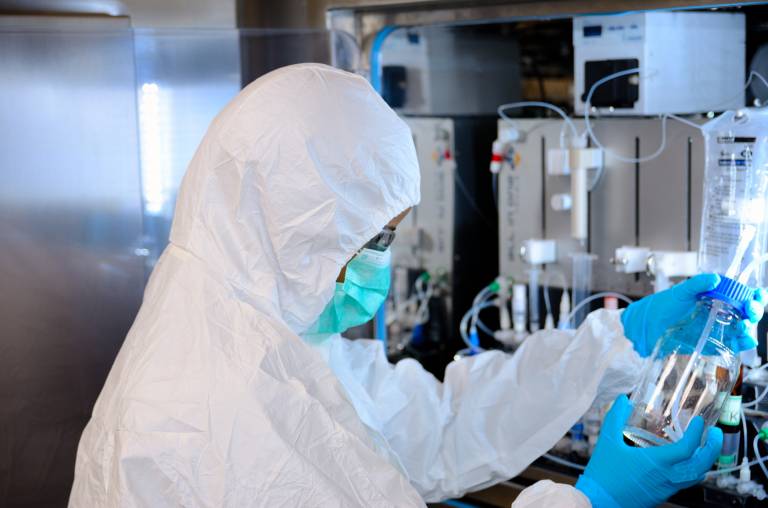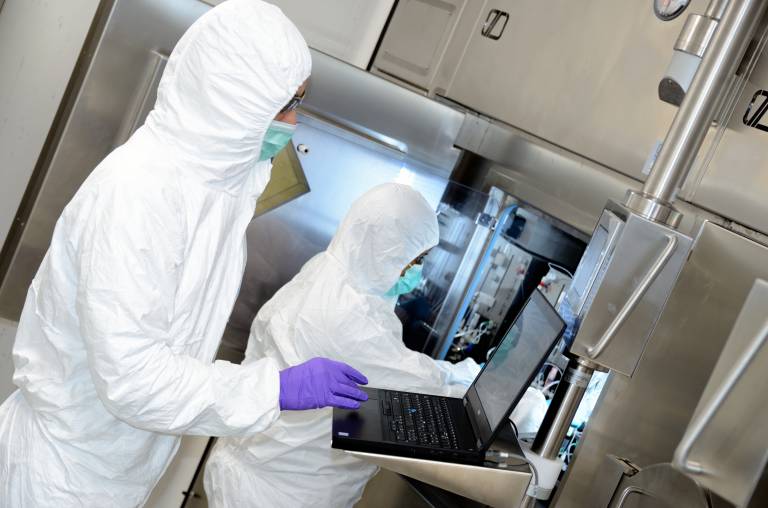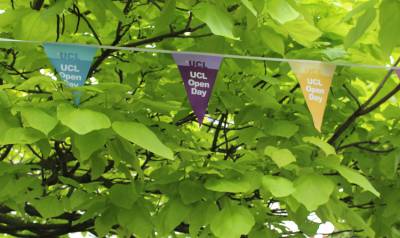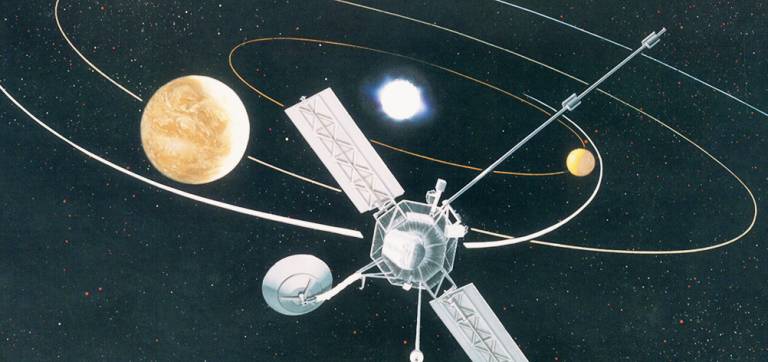State of the art laboratory to aid medical research
1 December 2016

The Kathleen Lonsdale Building (KLB), which house many of the departments within the Mathematical and Physical Science Faculty at University College London (UCL), is now home to a state-of-the-art Good Manufacturing Practice (GMP) laboratory.
The new laboratory is part of the first
phase in the wider refurbishment of KLB, one of the major projects within the
Transforming UCL programme. The programme will see an overall investment, into
the UCL estate, of £1.2 billion over the next 10 years.
The laboratory will support the latest
techniques for the medical imaging of diseases, such as cancer and dementias.
Medical imaging techniques encompass the fields of radiology, nuclear medicine
and optical imaging and image-guided intervention. These processes enable the
visualisation of body parts, tissues or organs for use in clinical diagnosis,
treatment and disease monitoring.
The Biomedical Research Centre (BRC)
funded facility has been designed for the production of Positron Emission
Tomography (PET) tracers, an advanced medical imaging technique that relies on
the use of short-lived radioactive tracers to detect and map how a disease progresses.
The tracers will be used for imaging of patients at University College Hospital
Institute of Nuclear Medicine and the UCL Cancer Institute.

The new GMP lab will enable the on-demand production of the tracers which will increase the research capabilities for PET studies at UCL and University College London Hospitals (UCLH), including the diagnostic imaging of patients. The lab will also allow production of tracers for hyperpolarized MRI, an experimental imaging technique that will be trialed with cancer patients at the UCLH Macmillan Cancer Centre.
" "The new GMP lab is very exciting as it opens up so many possibilities for medical imaging on campus and allows tracers to be tested in humans for the very first time." - Professor Erik Arstad, Director of the new facility and BRC researcher.
The Kathleen Lonsdale Building is being refurbished to improve the teaching, research and social learning spaces. The existing building was constructed in 1915 as the first purpose-built Chemistry building for UCL. Over the years it has been adapted to suit different faculties and as a result has become somewhat fragmented, with complex circulation routes on upper levels.
The new building will fully accommodate the Earth Sciences department, which has previously been split between different locations, as well as Chemistry (including Radiochemistry & Computational Chemistry) and AstroPhysics.
In addition the work will maintain and refurbish the existing office and laboratory spaces. New open plan offices, shared studios, and a variety of break out spaces are also incorporated within the designs.
The refurbishments to the building are being conducted in a number of phases with completion expected towards the end of 2017.
Links
Images
Courtesy of Professor Erik Arstad.
 Close
Close




